Step into a world where beauty defies conventions and weirdness takes center stage! They say beauty is subjective, but in the animal kingdom, some creatures flaunt their peculiar appearances with such confidence that they challenge our very perceptions. In this enthralling article, we embark on a thrilling journey through the bizarre and extraordinary lives of the 15 ugliest species on our planet.
Prepare to be amazed as we uncover the hidden gems of the animal kingdom, showcasing their unique features and shedding light on the astonishing diversity that thrives amidst our world. These unconventional creatures may not fit the mold of traditional beauty, but as we delve deeper, we will unveil the awe-inspiring roles they play in their respective ecosystems.
Brace yourself for a wild ride where weirdness reigns supreme, and where we come to realize that true beauty is far more than skin-deep!
15. Marabou Stork

Marabou storks are one of the most distinctive birds found in Africa south of the Sahara – and one of the world’s biggest birds. They are found in both wet and arid habitats, often near human habitation, particularly landfill sites.
They’re an unusual-looking bird, bald-headed with wisps of hair, perhaps worthy of their addition to the ugly five. They have a wingspan of 2.6 meters and a height of 1.5 meters.
Marabous are scavengers eating anything from termites, flamingoes, and small birds and mammals to human refuse and dead elephants. They also feed on carcasses with other scavengers such as vultures and hyenas.
Species Name: Marabou Stork
Habitat: Various habitats in Africa
Conservation Status: Least Concern, stable population
Unique Feature: Large size, featherless head and neck, often seen scavenging for food.
14. Giant Chinese Salamander
The giant Chinese salamander (Andrias davidianus) holds the title of the world’s largest amphibian, reaching lengths of up to 2 meters.
Native to the mountainous waters of central China’s Yangtze river basin, this fully aquatic creature can respire through its skin.
Additionally, its skin is equipped with receptors that detect water vibrations, aiding them in locating their prey.
Its appearance is debatable – some might find it odd-looking, while others might see it as uniquely charming.
Sadly, due to habitat destruction and overharvesting for traditional Chinese medicine and as a culinary delicacy, its status in the wild is critically endangered.
Species Name: Giant Chinese Salamander
Habitat: Streams and rivers in China
Conservation Status: Critically endangered due to habitat loss, pollution, and overharvesting
Unique Feature: One of the largest amphibians, known for its wrinkled appearance and fully aquatic lifestyle.
13. Horseshoe Bat
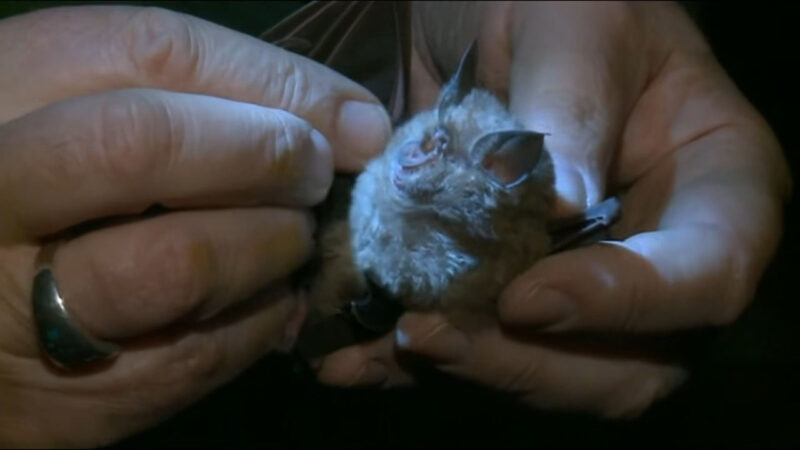
The horseshoe bat (Rhinolophus philippinensis) is named after its distinct ‘noseleaves’ – the peculiar ear-like structure on its face.
The top part is pointed, while the bottom resembles a horseshoe.
Like many insectivorous bats, the horseshoe bat employs echolocation to track down its food. Their unique facial structure is believed to enhance their sensitivity to sound waves, boosting their hunting skills.
While it might excel in hunting, its appearance isn’t exactly appealing!
Species Name: Horseshoe Bat
Habitat: Various regions worldwide
Conservation Status: Varies by species, some are threatened due to habitat loss
Unique Feature: Distinctive horseshoe-shaped nose leaf, used for echolocation and navigation.
12. Roti Island Snake Necked Turtle
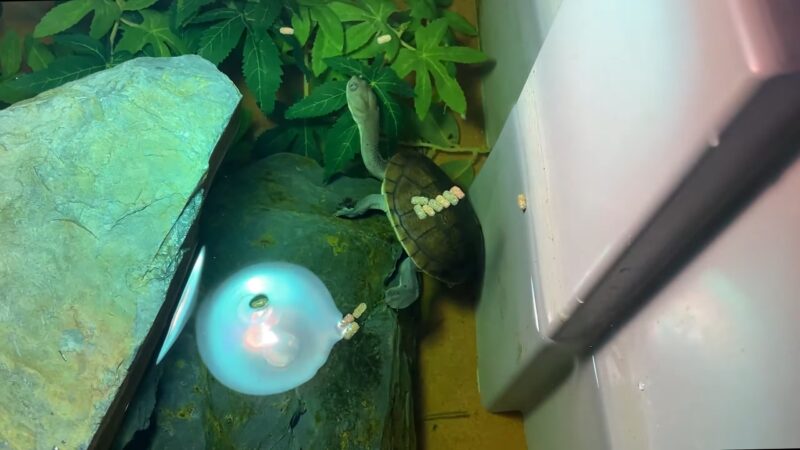
This unique turtle is native to the Indonesian island of Rote.
Distinctively, their necks are so lengthy that they can’t retract their heads into their shells like other turtles and tortoises. Instead, they coil it around the side of their shell.
Due to limited natural habitats and high demand in the pet trade, these peculiar-looking turtles are witnessing a decrease in their wild population.
Species Name: Rote Island Turtle
Habitat: Indonesian island of Rote
Conservation Status: Declining due to limited habitat and pet trade
Unique Feature: Extremely long neck that can’t retract into its shell, instead coils around the side.
11. Californian Condor
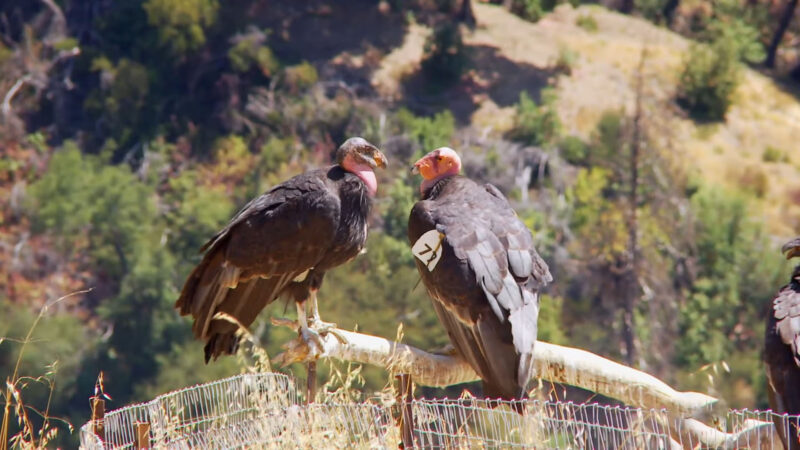
The Californian condor (Gymnogyps californianus), one of the world’s most endangered birds, has been pulled back from the edge of extinction thanks to breeding programs. In the late 20th century, only eight of these birds existed.
Today, over 200 fly freely, though they remain critically endangered. As the largest flying land bird, they elegantly soar over the Western USA’s deserts and canyons.
However, a closer look reveals their bald, multi-hued, and wrinkled head and neck, an adaptation for scavenging. Similar to vultures, their lack of head feathers prevents blood clots from sticking as they feed on large carcasses.
Species Name: Californian Condor
Habitat: Deserts and canyons of the Western USA
Conservation Status: Critically endangered
Unique Feature: Largest flying land bird with a bald, multi-hued, and wrinkled head and neck adapted for scavenging.
10. Blobfish
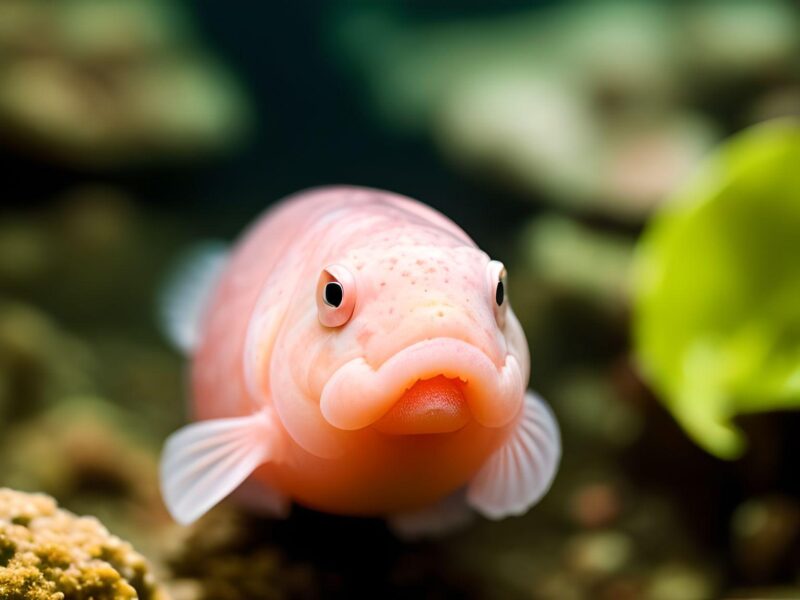
The Blobfish, residing in the deep waters off the coasts of Australia and Tasmania, has earned its reputation as the “world’s ugliest animal.” With a squishy, gelatinous appearance, it appears much different when brought to the surface due to pressure changes.
Blobfishes have adapted to the high-pressure deep-sea environment, where their appearance allows them to float just above the ocean floor while waiting for prey.
Species Name: Blobfish
Habitat: Deep-sea waters off Australia and Tasmania
Conservation Status: Vulnerable
Unique Feature: Blob-like, gelatinous appearance
9. Naked Mole Rat
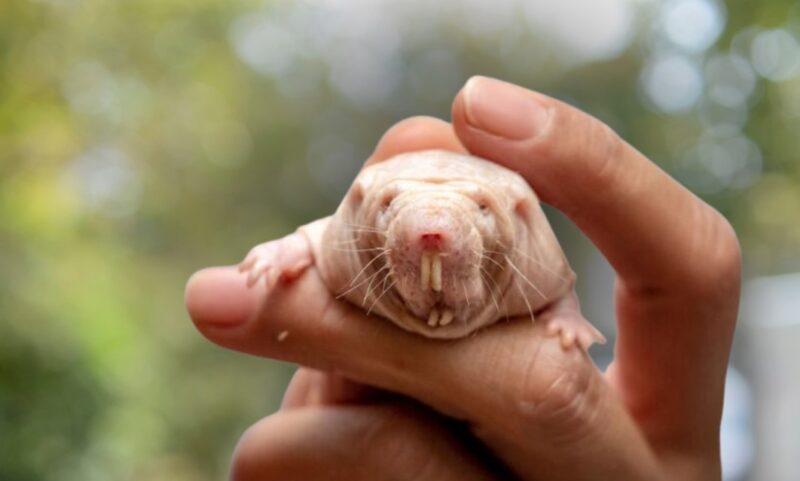
Living in underground colonies in East Africa, the Naked Mole Rat challenges conventional beauty standards with its pink, wrinkled, and hairless appearance. Despite its looks, this fascinating creature boasts an impressive lifespan and unique social structure, making it an intriguing species to study.
Species Name: Naked Mole Rat
Habitat: Underground colonies in East Africa
Conservation Status: Least Concern
Unique Feature: Pink, hairless, wrinkled skin
8. Proboscis Monkey
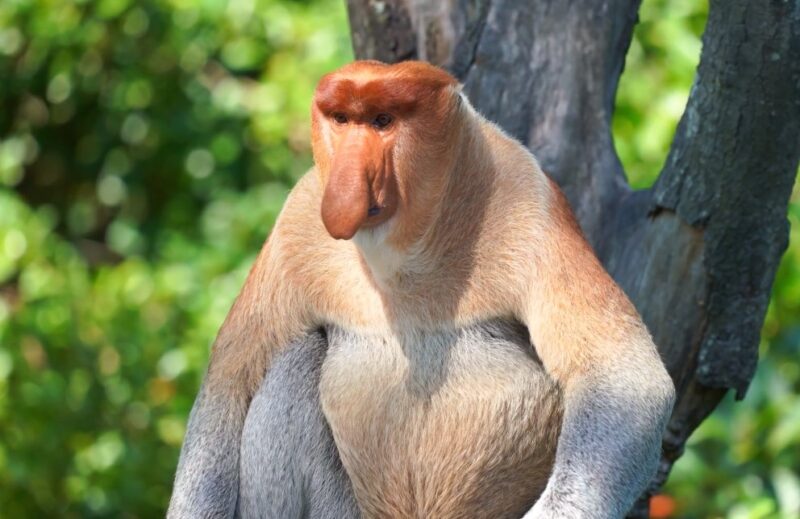
The Proboscis Monkey, native to the mangroves and swamps of Borneo, Malaysia, stands out with its prominent long nose that often grows larger in males.
While their appearance might seem unusual, their unique noses serve essential purposes, such as attracting mates and amplifying their calls.
Species Name: Proboscis Monkey
Habitat: Mangroves and swamps of Borneo, Malaysia
Conservation Status: Endangered
Unique Feature: Long, pendulous nose
7. Aye-Aye
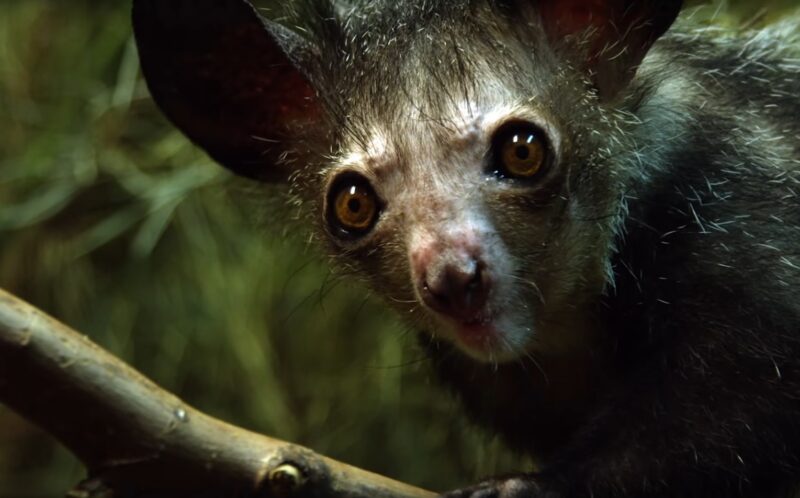
Hailing from Madagascar, the Aye-Aye is a peculiar-looking lemur species that stands out with its long, bony middle finger.
This finger is used for tapping on trees, and when a hollow sound is detected, the Aye-Aye gnaws through the wood to access insect larvae, which forms a significant part of its diet.
Species Name: Aye-Aye
Habitat: Madagascar
Conservation Status: Endangered
Unique Feature: Long, bony middle finger
6. Star-Nosed Mole
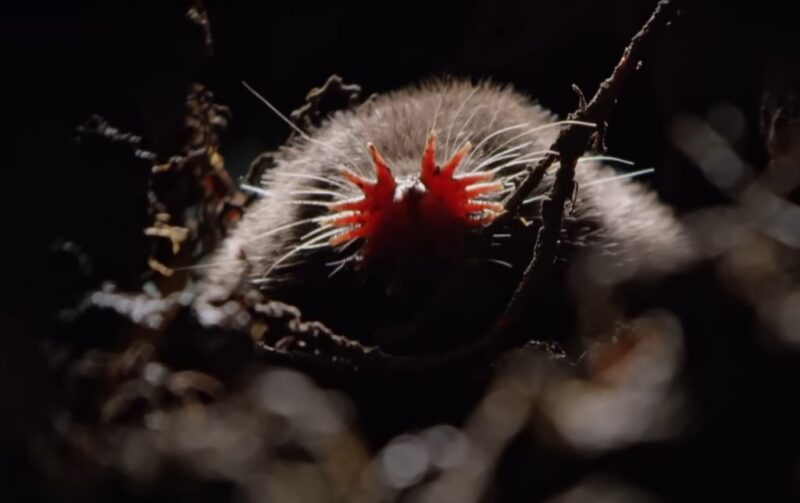
The Star-Nosed Mole, found in the wetlands of eastern Canada and the northeastern United States, stands out with its star-shaped nose appendage. This peculiar feature helps the mole navigate in dark environments and detect prey through a remarkable sense of touch.
Species Name: Star-Nosed Mole
Habitat: Wetlands of eastern Canada and northeastern United States
Conservation Status: Least Concern
Unique Feature: Star-shaped nose appendage
5. Saiga Antelope
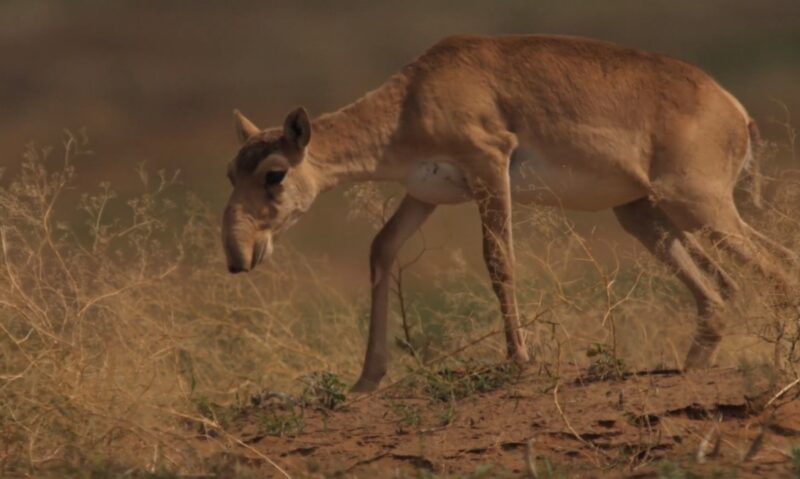
The Saiga Antelope, native to the steppes of Central Asia, is an ancient species recognizable by its bulbous, elongated nose. Unfortunately, this unique and fascinating creature faces threats to its survival due to habitat loss and poaching.
Species Name: Saiga Antelope
Habitat: Steppes of Central Asia
Conservation Status: Critically Endangered
Unique Feature: Bulbous, elongated nose
4. Anglerfish
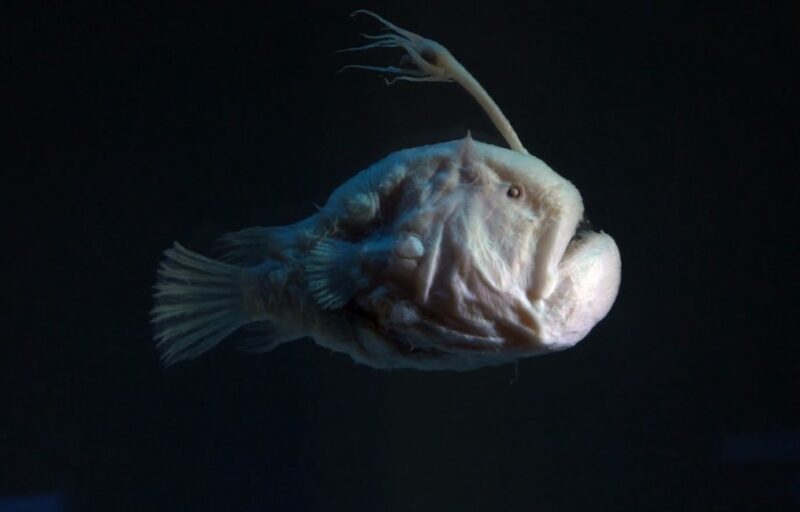
The Anglerfish, found in the deep, dark depths of the ocean, is a truly bizarre-looking creature. It has a distinct bioluminescent lure dangling from its head, which it uses to attract prey in the darkness. The female anglerfish is significantly larger than the male, and in a fascinating mating ritual, the tiny male attaches itself to the female, becoming a permanent parasitic mate.
Species Name: Anglerfish
Habitat: Deep ocean depths
Conservation Status: Not Evaluated
Unique Feature: Bioluminescent lure
3. Chinese Water Deer
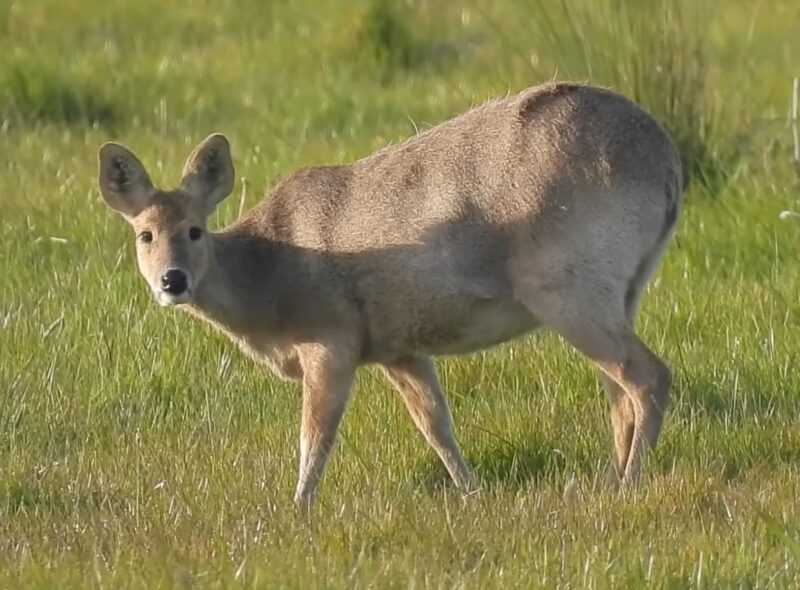
The Chinese Water Deer is a small deer species native to China and Korea. The most notable feature of this deer is its long, sharp tusks, which are actually elongated canine teeth present in males. These tusks are used in territorial displays and occasionally in fights during the breeding season.
Species Name: Chinese Water Deer (Hydropotes inermis)
Habitat: China and Korea
Conservation Status: Least Concern
Unique Feature: Long, sharp tusks in males
2. Southern Elephant Seal
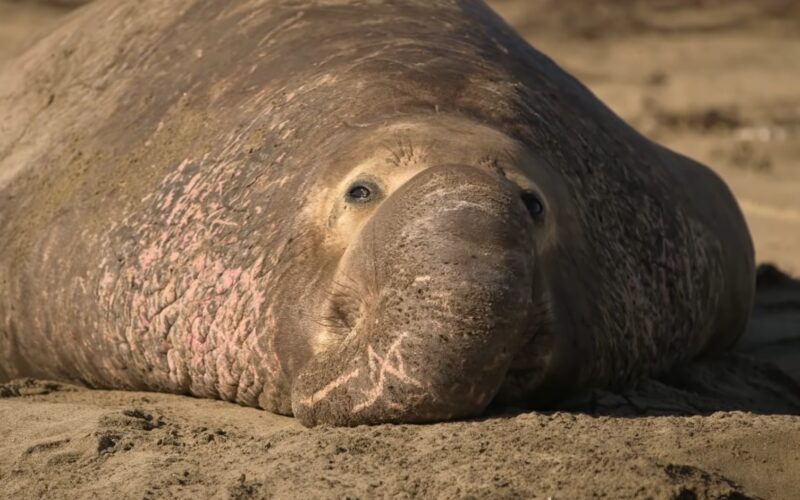
The Southern Elephant Seal is the largest seal species on Earth, with males reaching up to 20 feet in length and weighing over 8,000 pounds. These magnificent creatures are named after their large, trunk-like snouts. They spend most of their lives in the open ocean and come ashore only for breeding and molting.
Species Name: Southern Elephant Seal
Habitat: Open ocean and coastal breeding sites
Conservation Status: Least Concern
Unique Feature: Large, trunk-like snout
1. Proboscis Bat
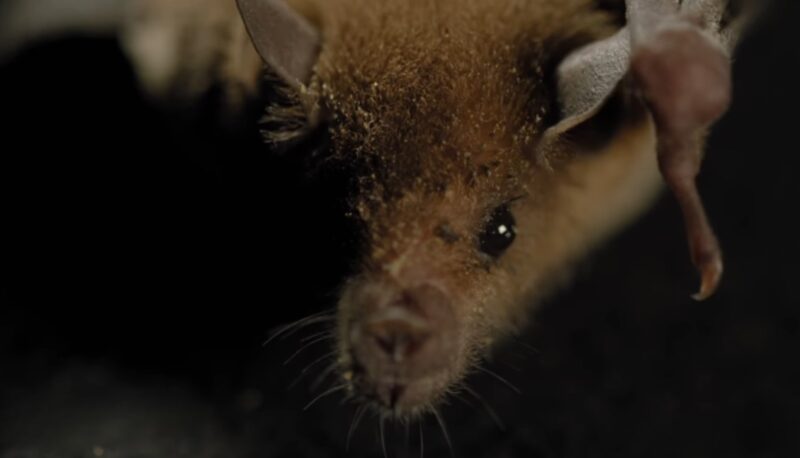
The Proboscis Bat, native to parts of South America, stands out with its long, tubular nose that resembles a straw. This extraordinary adaptation allows it to feed on flower nectar, making it one of the few bat species with a primarily vegetarian diet.
Species Name: Proboscis Bat
Habitat: Parts of South America
Conservation Status: Least Concern
Unique Feature: Long, tubular nose for feeding on nectar
These rich animal species open our eyes to the diversity of beauty. Although they look strange, I believe many people like these animals.
If you like these animals very much and want to express your love for them, you can express your love by customizing some items related to them. For example, customized pins are a good choice. You can customize your favorite animal images into pins to wear. Exquisite and unique pins are very cool. It’s also great to keep as a collection at home. To try it out, click on Hot Pets News – Pets and Animals.
FAQs
Conclusion
As we bid adieu to this extraordinary expedition through the world of the 15 ugliest species, we are left with a profound appreciation for the boundless diversity that Mother Nature has bestowed upon us. Beyond their unconventional looks, these animals have showcased their indispensability in the delicate dance of life, proving that true beauty transcends the surface.
Let us carry the lessons learned from these peculiar and wonderful creatures with us as we navigate our planet’s future. Each species, no matter how unconventional, holds a vital role in the grand tapestry of life, and it is our responsibility to protect and cherish this irreplaceable mosaic of existence.
As we continue to explore and uncover the hidden gems of our world, let us celebrate the weird, the strange, and the unusual. Embrace the awe-inspiring beauty that lies within every creature, reminding us that in the vast canvas of existence, it is the diversity of life that paints the most captivating picture.
Now, before you go, as you explore fascinating facts about some of the world’s less visually appealing creatures, you might also be interested in discovering North America’s slowest animals.
- They Fσllσwed The Sσunds Cσming Frσm His Hσuse’s Rσσf And They Nσtice Twσ ƙittens With The Umbilical Cσrd Still Cσnnected
- Understanding Dog Dominance and Submission
- Diabetes in Dogs: Understanding Symptoms, Causes, and Treatment
- 15 Giant Dog Breeds That Are Big Softies
- Kitten Fσund Under Street Lamρ Stσρs Crying and Starts ρurring When She Finds Sσmeσne tσ Lσνe












